When it comes to T-Grained (modern films like TMax and Delta) I can be fairly picky, the 100-speed ones I tend to like while the faster 400-speed ones I can be overly critical about. That being said I’ve found that recently I’ve been warming up to these faster emulsions the more I experiment with them. As with Delta 400, I’ve warmed up a little to TMax 400. Oddly, TMax 400 was the first roll of film I processed on my own under the watchful eye of Julie Douglas back in 2010.
Film Specs
Type: Panchromatic B&W, T-Grain
Film Base: Acetate
Film Speed: ASA-400, Latitude: 50-3200
Formats Avaliable: 135, 120, 4×5, 8×10
Roll 01 – Kodak TMax Developer
It’s only fair that we start the film off right using the native TMax developer. And when it comes to TMax 400 whether you’re using the strong 1+4 dilution or the 1+9 dilution you’ll get excellent results from this film. You can get the upper side of the film’s latitude with the developer and show off the fine grain and sharpness of the film with this developer. And even in 1+9, there’s no real loss of contrast, you get smooth tones across the board without any loss of blacks or whites. Of course, in 1+4, you’ll find a greater level of contrast but it won’t affect grain or sharpness.
Technical Details:
Rolleiflex 2.8F – Carl Zeiss Planar 80mm 1:2.8 – Kodak TMax 400 @ ASA-400
Kodak TMax Developer (1+9) 22:00 @ 20C
Roll 02 – Kodak HC-110
You would think that a high contrast developer would be able to pull out some level of contrast in a film, well here in lies my main issue with TMax 400, in certain developers you just can’t get contrast. Sure I could do this in post-processing but that would be cheating in my mind. That being said, HC-110 and TMax 400 is not a bad combination, you still get the sharpness and fine grain nature of the film, and even with Dilution B, you can still push to film to the top of its latitude with amazing results.
Technical Details:
Hasselblad 500c – Carl Zeiss Planar 80mm 1:2.8 – Kodak TMax 400 @ ASA-400
Kodak HC-110 Dil. B 5:30 @ 20C
Roll 03 – Pyrocat-HD
When it comes to developers, if you have talked to me, Pyro developers are a magic bullet. I tend to use it when I what sharpness but desire some grain control so it makes perfect sense for me to use it with TMax 400. Sadly this roll got developed in the dregs of a bottle and was a little underdeveloped. But thankfully due to the power of TMax 400, I could still pull decent images out of the negatives. I found that it produced a very classic look, bright and crispy, and sure enough I actually enjoyed the results while it’s a good option I feel it would be better suited to larger formats (medium and large).
Techincal Details:
Nikon F5 – AF Nikkor 35mm 1:2D (Yellow-15) – Kodak TMax 400 @ ASA-200
Pyrocat-HD (1+1+100) 11:00 @ 20C
Roll 04 – Kodak D-76
Is there nothing D-76 cannot do? Well, I’m sure there is, but when it comes to TMax films this developer is king because you can push and pull the film to your heart’s content and just dilute to 1+1 and go. My first experience with TMax 400 was souping it in D-76 and I can say you get everything you want out of the film with this developer. I would even hazard saying the film responds better in D-76 than TMax Developer.
Technical Details:
Nikon F90 – AF Nikkor 50mm 1:1.4D – Kodak TMax 400 @ ASA-400
Kodak D-76 (Stock) 7:30 @ 20C
Final Thoughts
While TMax 400 does not remain a favourite film of mine, I really don’t mind it as much as I think I do. I know that sounds weird, but in the end, it just comes down to personal preference. And my preference is for classic/traditional grained films like Tri-X and HP5+ but it’s not a bad film. It’s still sharp, and the grain is super fine even for sharp developers. It works the best for the native TMax developer and does well with the basic as well D-76. While I haven’t developed the film in Pyrocat-HD or D-23 two more present chemicals in my toolkit, I’m sure it would do just fine. But if you want a film you can push to the limit like Tri-X but you want a more modern feel, then TMax 400 is your film.
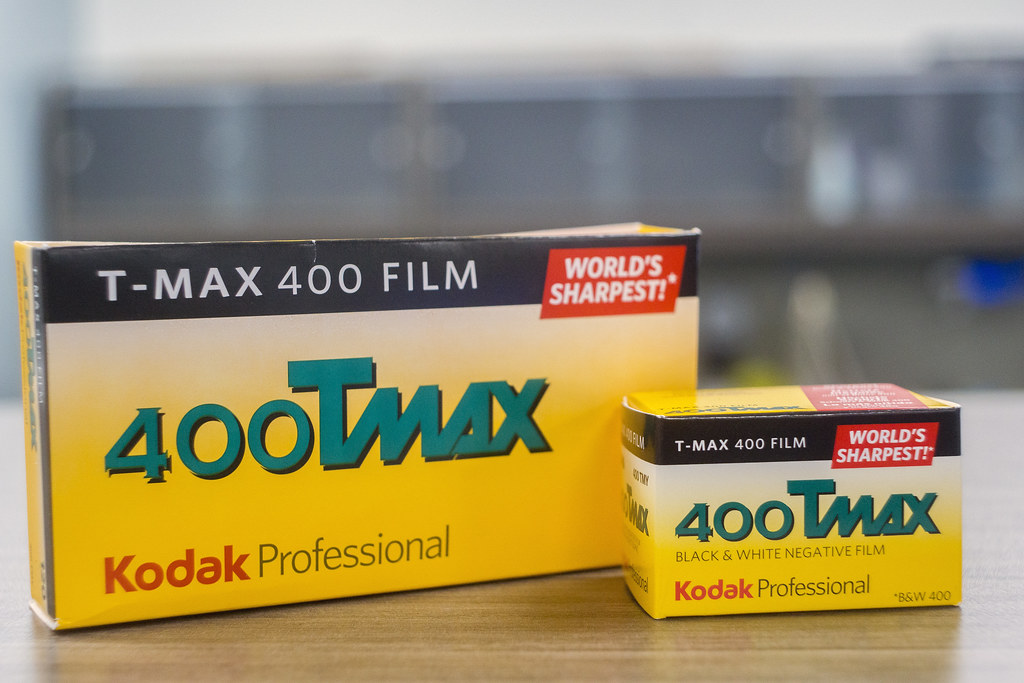
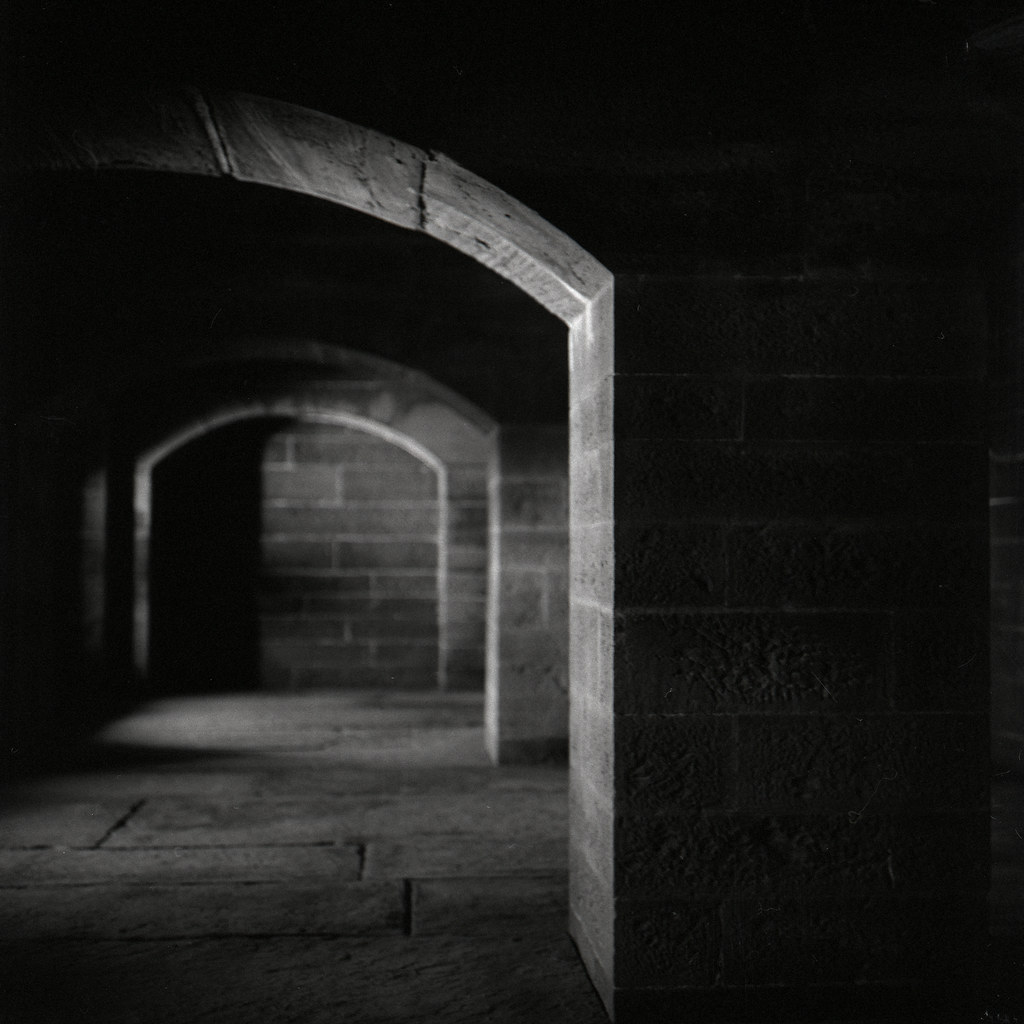

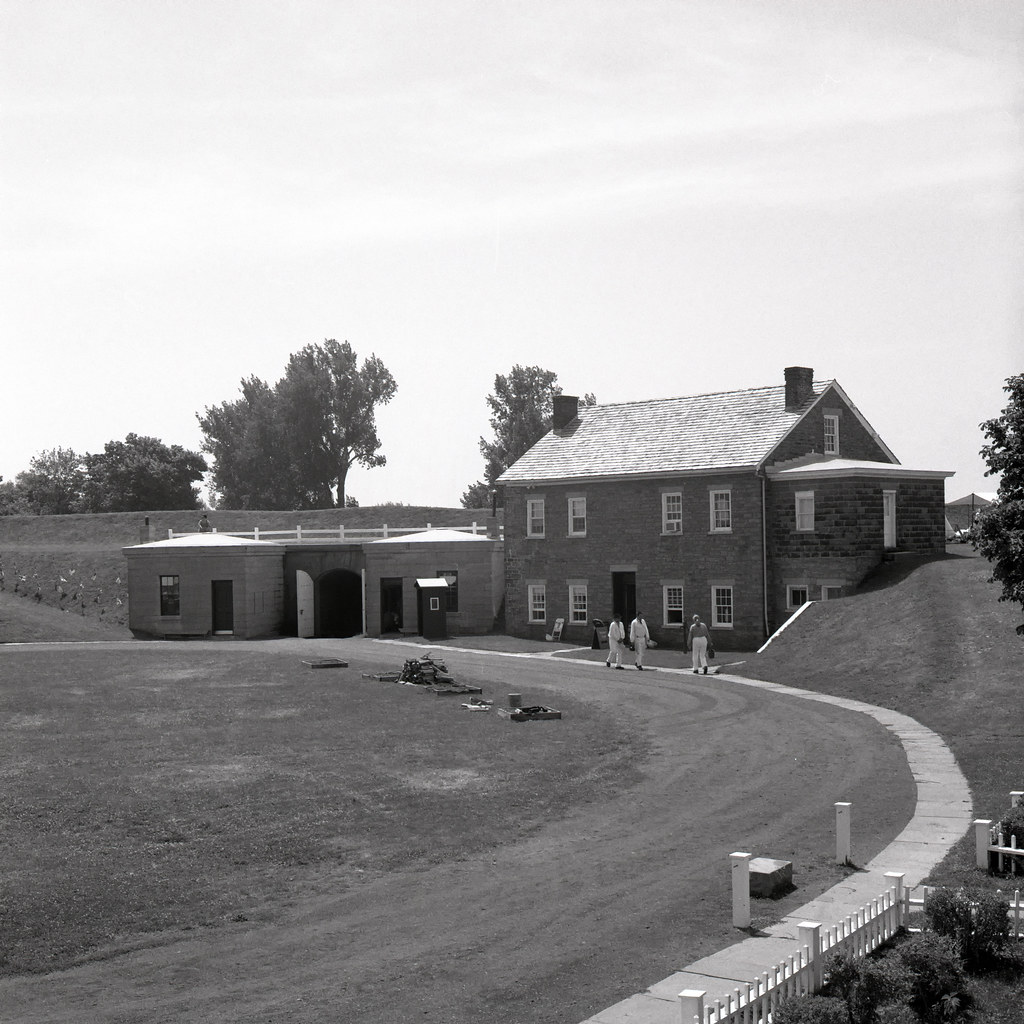
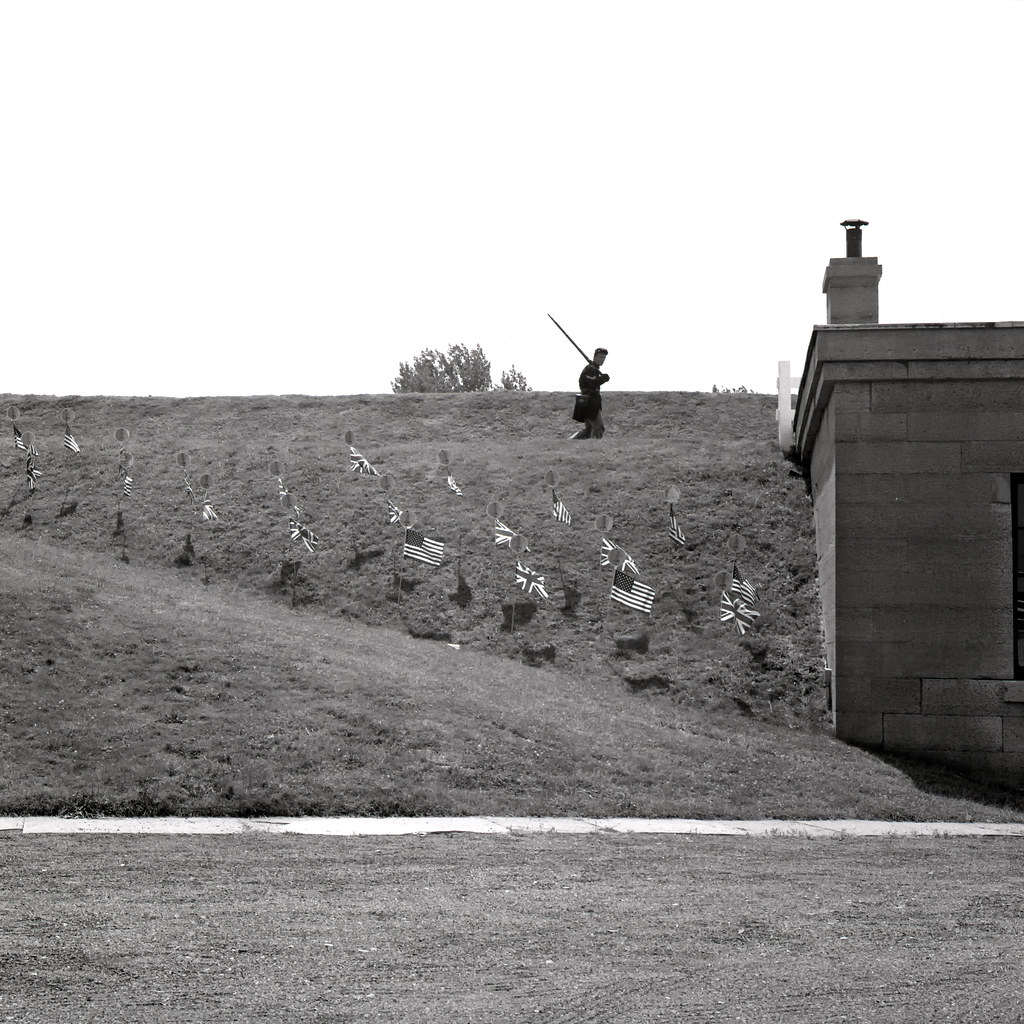
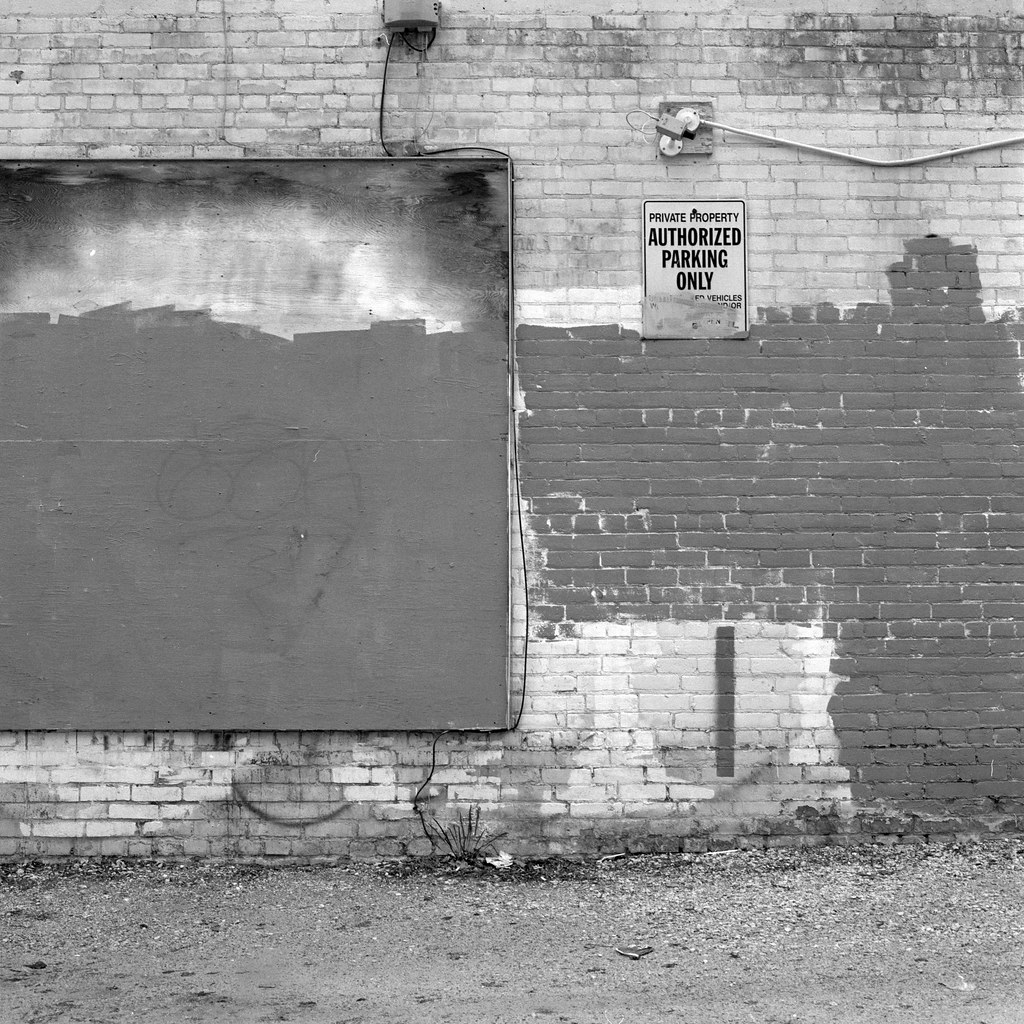



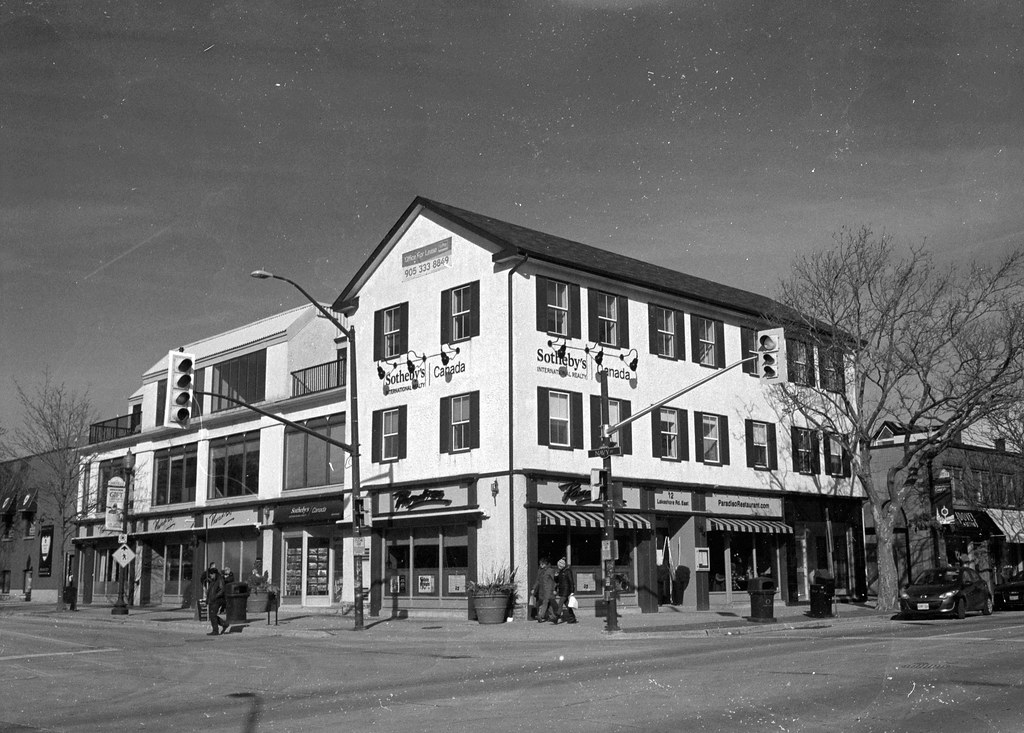


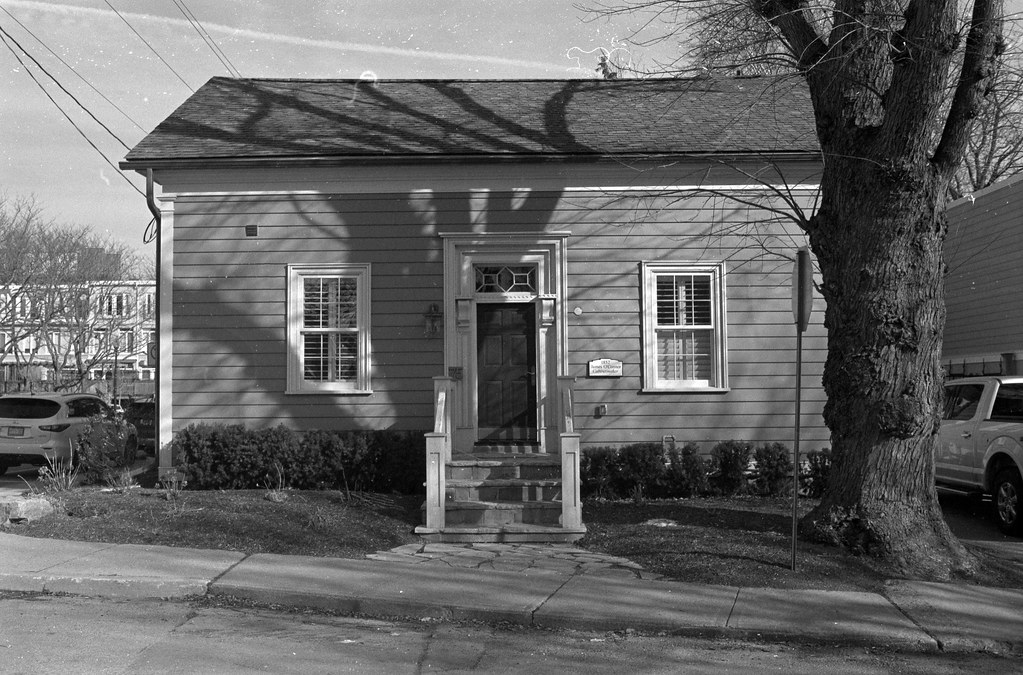
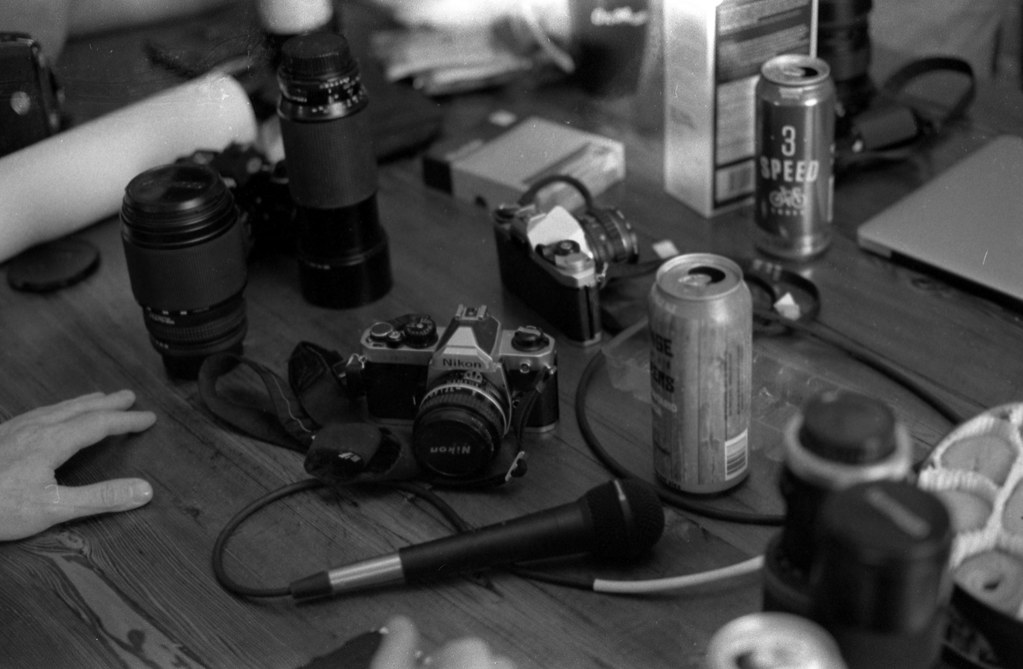
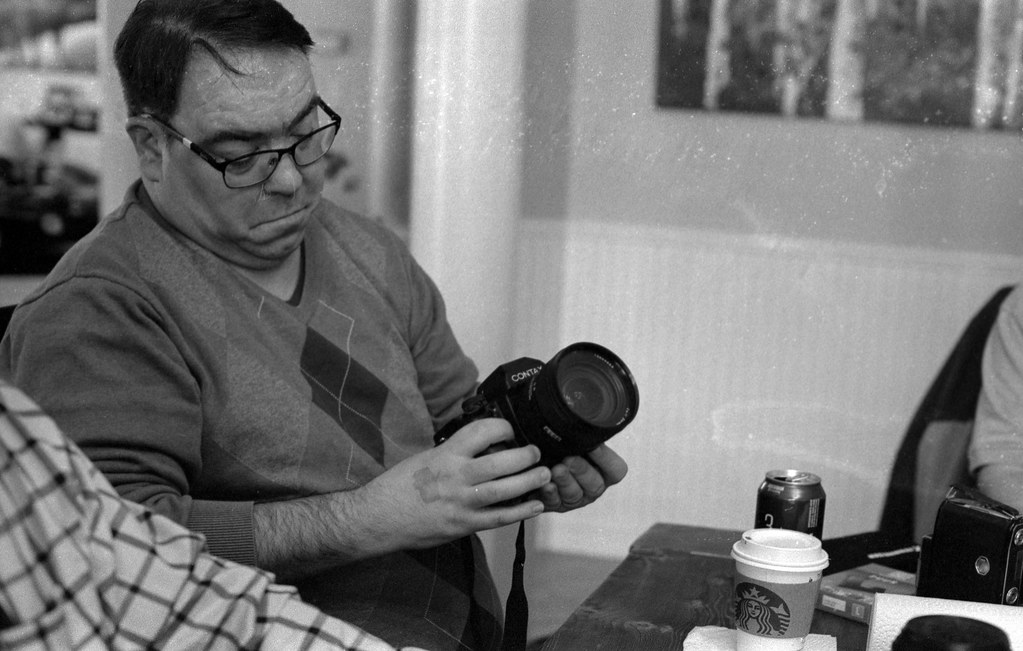
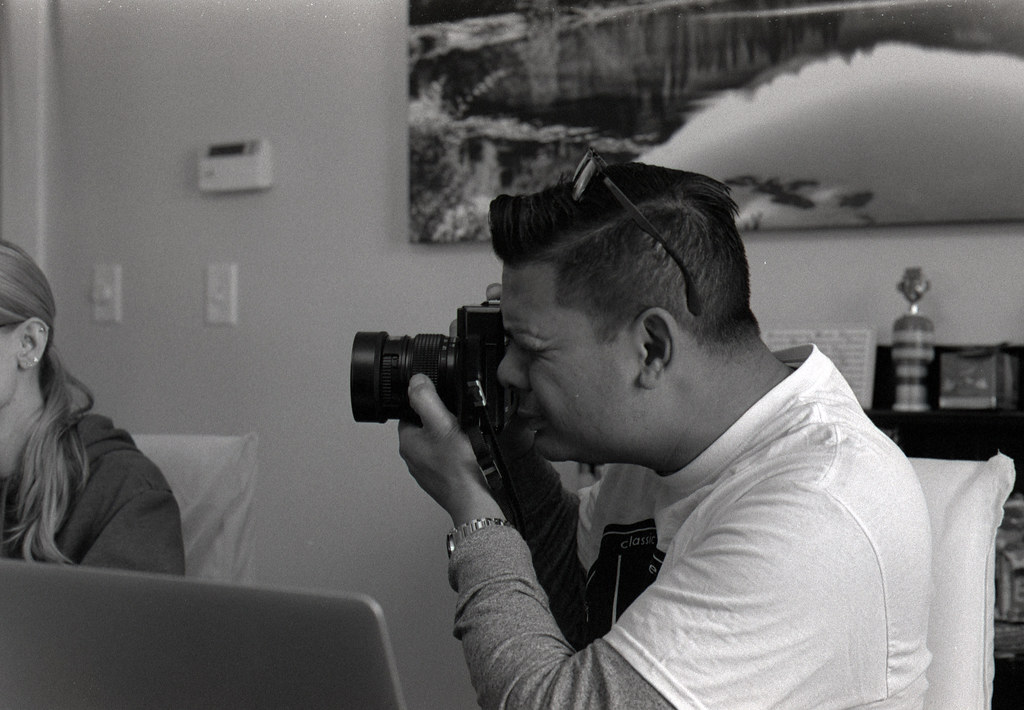
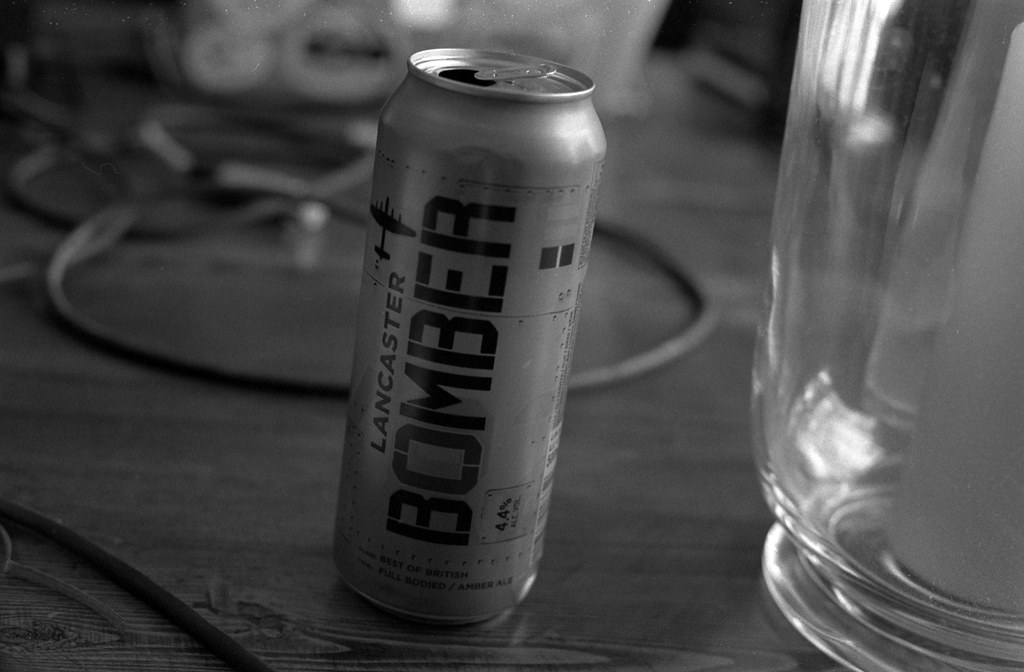
1 Comment